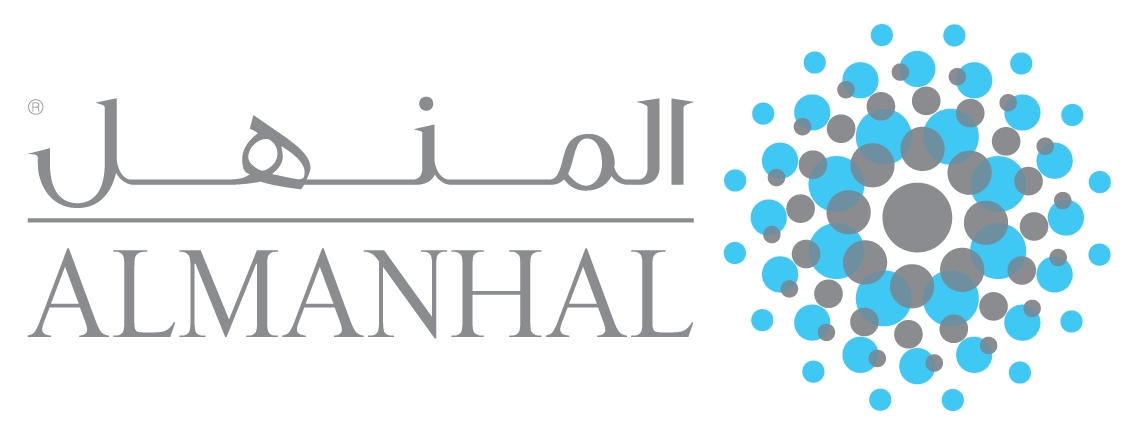Transparency Problems in Cash Flow Transformation and Reserves Management in Islamic Investment Accounts
DOI:
https://doi.org/10.31436/jif.v8i2.310Keywords:
Islamic Finance, profit equalization reserve, investment risk reserve, profit sharing depositsAbstract
Islamic banks must comply with the interest rate prohibition to maintain Shari’ah compliance. This means that depositors cannot be offered fixed guaranteed returns on their investments. As an alternative, Islamic banks offer profit sharing investment accounts that depend on underlying investments to generate their cash flows. These cash flows are then transformed by the management before they are finally paid out to the investment account holders. The objective of these cash flow transformations is to transform the stochastic returns of the underlying investment to more stable (to an extent non-stochastic) returns for investment account holders. This is required or recommended by regulatory authorities and aims to mitigate system-wide mass withdrawals by investors (Withdrawal Risk). However, managing such reserves comes at a price, and this is the focus of this paper. These reserves create a veil of intransparent practices while hiding the actual performance of the investment accounts. Furthermore, they may end up defrauding some depositors from their deserved profits (inter-generational reserves ownership problem). Finally, mitigating withdrawal risk by matching the returns of competing riskless deposits while ignores the risks of Islamic investment accounts that associated with investing in the real economy. Some of these issues have gone relatively unnoticed in the literature or at least not combined in a structured manner. Therefore, it is highlighted in this paper the problematic nature from an ethical and Shari’ah compliance perspective and if not from a pure financial regulatory one.
Downloads
References
Amin, H. (2017). Understanding PER and IRR in Islamic Investment Accounts. In: The Borneo Post (Sabah), 5th June 2017. Retrieved on October 01, 2018 from https://islamicbankers.files.wordpress.com/2017/06/11-understanding-per-and-irr-in-islamic-investment-accounts.pdf
Ayub, M. (2007). Understanding Islamic Finance. John Wiley & Sons Ltd. ISBN: 978-0470030691.
Bank Negara Malaysia (2008). Guidelines on Profit Equalisation Reserve. Retrieved on October 01, 2018 from https://zulkiflihasan.files.wordpress.com/2008/06/bnm-per.pdf
Bank Negara Malaysia (2014). Standards on Investment Accounts. Retrieved on September 01, 2016 from http://www.bnm.gov.my/guidelines/01_banking/04_prudential_stds/investment_account.pdf
Edbiz (2016). Global Islamic Finance Report 2016. Retrieved on September 01, 2016 from http://www.gifr.net/publications/gifr2016/intro.pdf
Ernst & Young (E&Y) (2017). World Islamic Banking Competitiveness Report 2016. Retrieved on March 15, 2017 from http://www.ey.com/Publication/vwLUAssets/ey-world-islamic-banking-competitiveness-report-2016/$FILE/ey-world-islamic-banking-competitiveness-report-2016.pdf
Hamdi, F. M. and Zarai, M. A. (2013). Earnings Management and Investment Account Holders Interests in Islamic Banking Institutions. In: International Journal of Business and Management Invention, Vol. 2, No. 12, pp. 22-35.
Iqbal, Z. (1997). Islamic Financial Systems. In: Finance & Development, Vol. 34, No. 2, pp. 42-45. Retrieved on January 05, 2015 from
https://www.imf.org/external/pubs/ft/fandd/1997/06/pdf/iqbal.pdf
Islamic Financial Services Board (IFSB) Guidance Note 3: Guidance Note on the Practice of Smoothing the Profits Payout to Investment Account Holders. Retrieved on September 30, 2015 from http://www.ifsb.org/standard/eng_GN-3_Guidance_Note_on_the_Practice_of_Smoothing.pdf
Islamic Financial Services Board (IFSB) Standard 15: Revised Capital Adequacy Standard for Institutions offering Islamic Financial Services. Retrieved on January 26, 2015 from http://www.ifsb.org/standard/2014-01-28_eng_IFSB15%20Revised%20Capital%20Adequacy_%28Jan%202014%29.pdf
Islamic Research & Training Institute (IRTI) and Global Association of Risk Professionals (GARP) (2016). The Islamic Finance Risk Initiative. ISBN 978-1-933861-08-1.
Malaysia International Islamic Financial Centre (MIFC) (2014). 2014 – A Landmark Year for Global Islamic Finance Industry. Retrieved on November 13, 2015 from https://www.islamicfinance.com/wp-content/uploads/2015/01/MIFC-INSIGHT-REPORT-ISLAMIC-FINANCE-SOPHISTICATED-FRAMEWORK.pdf
Reuters (2015). Thomson Reuters Global Islamic Asset Management Outlook 2015—Presentation. Retrieved on October 31, 2015 from http://meglobaladvisors.com/wibcasia-2015/wp-content/uploads/2015/06/3.pdf
The Economist (2014). “Islamic Finance, Big Interest, No Interest†September 13, p. 75-76.












